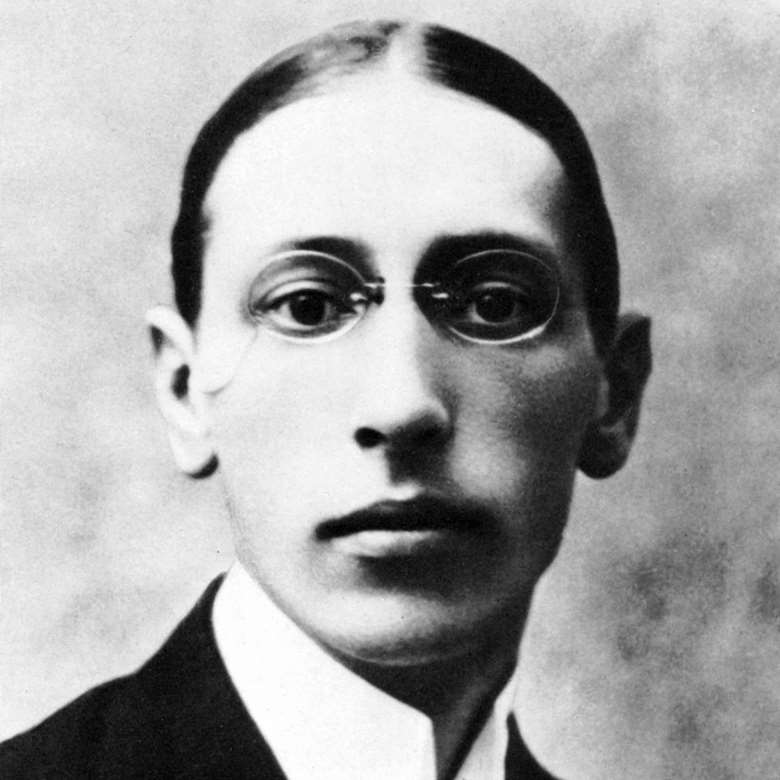Welcome to Stravinsky's World
Julian Halse
Thursday, January 1, 2015
His influence on 20th-century music was immense, but what impact did Stravinsky the man have on those who knew him? Philip Clark finds out.

Register now to continue reading
Thanks for exploring the Gramophone website. Sign up for a free account today to enjoy the following benefits:
- Free access to 3 subscriber-only articles per month
- Unlimited access to our news, podcasts and awards pages
- Free weekly email newsletter








